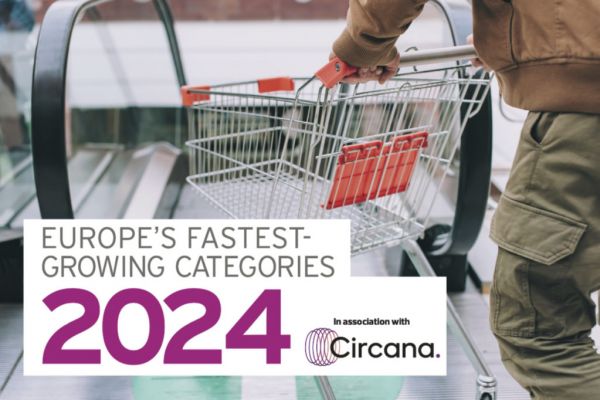In Italy, a sluggish start to the year was offset by encouraging signs as 2023 approached its end. This article first appeared in ESM's March/April 2024 edition.
Speaking to the Conference of Ambassadors at the Foreign Ministry in Rome in December, Italian prime minister Giorgia Meloni described the most recent year as a “complex one” on an international level, adding that everything suggests that 2024 will be “no different”.
“We have a great responsibility on our shoulders, and we intend to honour it to the best of our ability,” as Meloni put it.
On the domestic front, however, challenges abound. The Italian economy grew by 0.7% last year – lower than government expectations of 0.8% – as elevated interest rates and high inflation have weighed on demand, while domestic challenges in Germany, Italy’s biggest trading partner, have also had a knock-on effect.
Circana Insights
As Francesca Fumagalli Ceri, Circana’s marketing communications director, explains, over the past year, Italy has seen improvements in household purchasing power and a faster decrease in inflation, compared to the European average.
A decline in industrial production, meanwhile, has been countered by positive demographics in the labour market, including employment growth and a decrease in the unemployment rate, which bodes well for the coming year.
“In Italy, the trends in household spending over the past year also reflect the trend in the propensity to save money,” Fumagalli Ceri explains. “Household savings grew a lot in 2020, due to the restrictions imposed on certain categories in the midst of the pandemic. As normal lifestyles resumed and inflation reached its peak, savings plummeted in 2022, only to rise again in 2023, though still remaining – according to the latest available data – below pre-pandemic averages.”
The boost to consumption driven by these extra savings is expected to fade this year, however, as household spending on services returns to pre-pandemic levels, Fumagalli Ceri adds.
In terms of the performance of the grocery sector, a weak first half of 2023 was echoed by a strong final quarter, as inflation slowed considerably. An increase in promotions as the year drew to a close – “The number of promotions rose by 2.1 percentage points in December,” according to Fumagalli Ceri – also had a positive effect on volume sales.
Category Breakdown (data provided by Circana)
Value Sales by Category
| Category | Value Sales (in € billion) | Value Sales Change | Volume Sales Change |
|---|---|---|---|
| Ambient | €26.6bn | 11.3% | 0.3% |
| Chilled and Fresh | €26.1bn | 8.2% | 1.7% |
| Household | €8.6bn | 9.3% | -1.4% |
| Drinks | €8.5bn | 7.5% | -2.1% |
| Alcohol | €6.8bn | 3.6% | -3.8% |
| Personal Care | €5.6bn | 7.7% | 2.0% |
| Frozen | €5.2bn | 6.5% | -2.3% |
| Confectionery | €3.7bn | 12.7% | 1.6% |
| Pet Food | €2.0bn | 16.8% | 1.6% |
| Baby Non Food | €0.5bn | -1.1% | -0.9% |
| Baby Food | €0.4bn | 6.5% | -5.9% |
| Pet Non Food | €0.3bn | 11.3% | 4.5% |
Fastest-Growing Subcategories by Value Sales
| Subcategory | Value Sales Increase |
|---|---|
| Extra Virgin Olive Oil | +€221.9m |
| UHT Milk | +€213.0m |
| Toilet Paper | +€198.4m |
| Cat Nutrition | +€198.4m |
| Mozzarella Cheese | +€155.2m |
| Eggs | +€153.4m |
| Snacks | +€150.7m |
| Traditional Cookies | +€150.1m |
| Alcoholic Beers | +€143.5m |
| Cola | +€124.3m |














